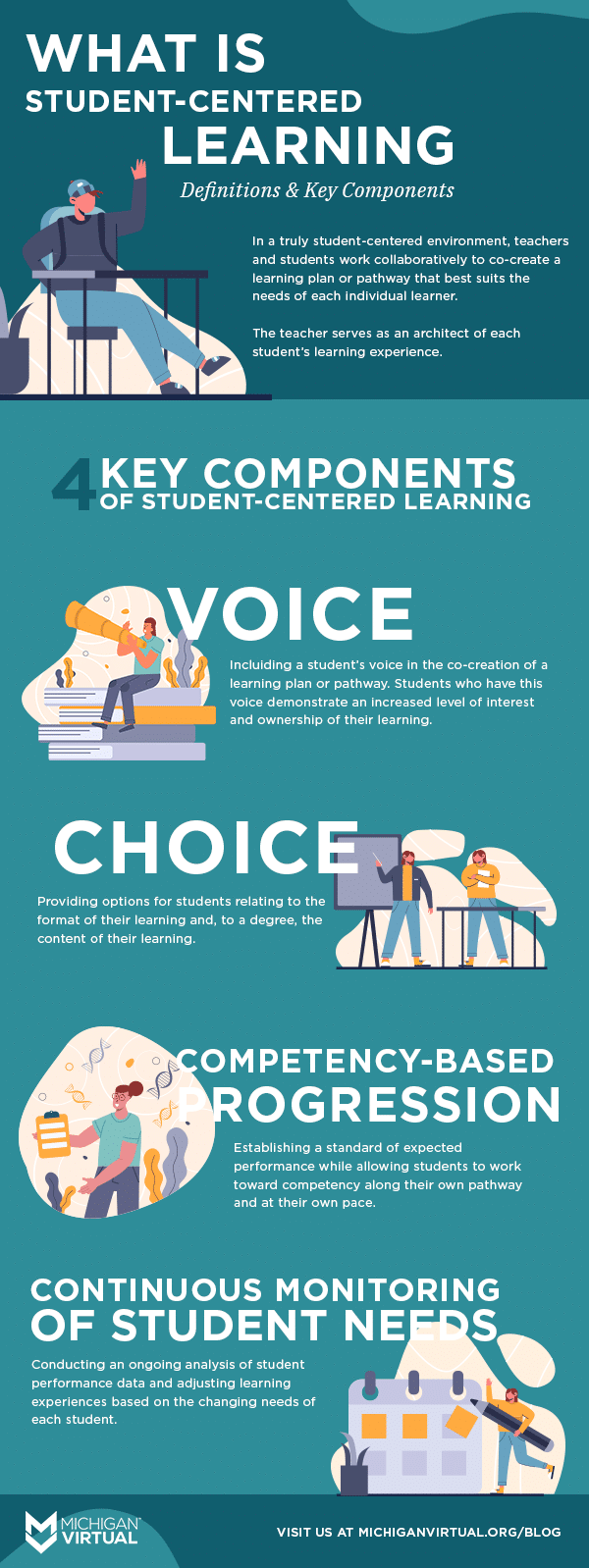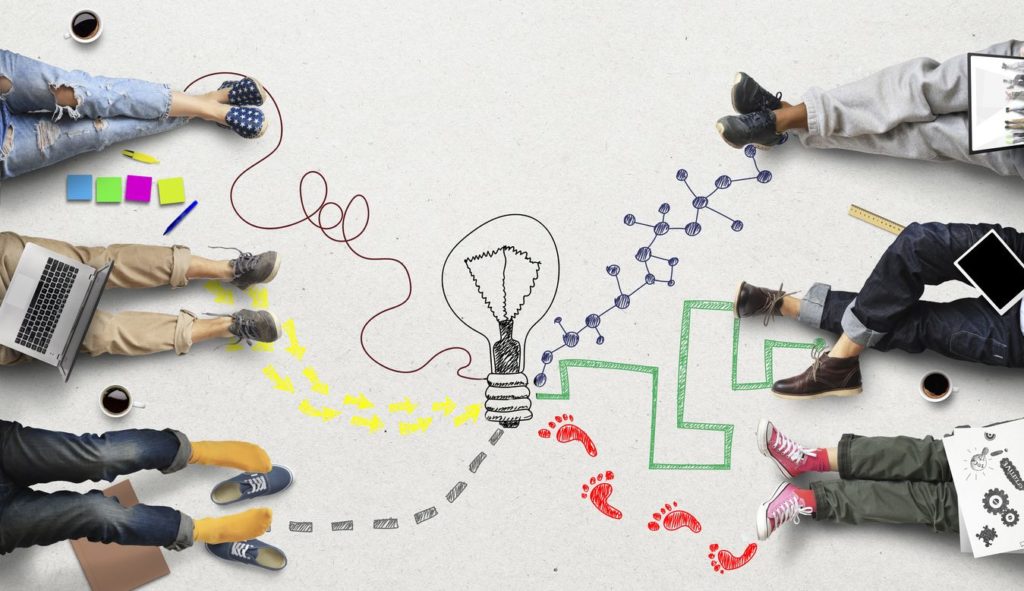Are We Really Student-Centered?
So many times we hear the term “student-centered learning,” and we think its definition is obvious. After all, by working in schools, doesn’t that mean we are student-centered by default? Serving students is the whole reason why we are in education in the first place, right? Surprisingly, however, the definition of student-centered learning varies depending on who you are talking to.
We have visited many schools and many classrooms throughout the past several years, and we can confidently say that each teacher we speak with and each building administrator who leads us on a tour of their school building will claim that they are “student-centered.”
The fact of the matter is that not many of these schools really ARE student-centered as the true definition of student-centered has everything to do with the students and much less to do with the operational convenience that we see in place in many schools.
Convenience vs. Effectiveness
To a very large degree, most schools and districts are structured for operational convenience, rather than instructional effectiveness.
What we mean by that is most classroom layouts (rows of desks), bell schedules (traditional 45-minute blocks of time), academic progressions (student advancement based on seat-time), and the like are often structured in ways that help organize a school system based on the needs of the adults who are serving students.
In reality, a student-centered learning environment is one that organizes and structures all of these things based on instructional approaches that are focused on students. This includes adjusting:
- Time-based structures such as student schedules,
- Learning spaces, and
- Student academic advancement
When we make these changes, they must be based on what each individual student needs and not necessarily what is convenient for us adults.
So What Does “Student-Centered” Really Mean?
In a truly student-centered learning environment, teachers and students work collaboratively to co-create a learning plan or pathway that best suits the needs of each individual learner. Yes, this means that there will be many different plans or pathways within one single classroom. But that’s the point, isn’t it?
There is plenty of research in the field of education that tells us students learn differently from one another. Therefore, it only makes sense that the learning plans or pathways for students will differ as well. In a student-centered learning environment, the teacher helps to create an environment that is personal to each student’s learning needs.
The teacher serves as an architect of each student’s learning experience.
Components of Student-Centered Learning
Voice
Now, there may be many definitions around the term “student-centered learning”; however, there are clearly some key components that these definitions have in common. Student-centered learning environments are highly tuned in to students’ individual needs. Including a student’s voice in the co-creation of a learning plan or pathway. Students who have this voice demonstrate an increased level of interest and ownership of their learning.
Choice
The closely related characteristic of choice by students further internalizes the value of learning for them. By providing options for students, relating to the format of their learning (e.g., independent work, teacher-led instruction, Socratic seminars, project-based learning, internships, online or digital options, etc.), and to a degree, the content of their learning, we tap into the intrinsic value and relevance of learning. Furthermore, the manner in which we assess students should also be flexible. Allowing students to be able to choose the manner in which they are assessed can have a significant impact on student engagement and performance.
Competency-Based Progression
Another critical characteristic of student-centered learning environments is the academic progression of students based on the demonstration of mastery or competence of predetermined standards. Earlier, we mentioned that all students learn differently, and this also includes that all students progress at different paces. With an established standard of expected performance, all students can work toward competency along their own pathway and at their own pace. Competency-based progression is at the heart of student-centered learning.
Continuous Monitoring of Student Needs
In an effective student-centered learning environment, all three of these characteristics are governed by a process that is committed to the continuous monitoring and adjustment of individual student learning pathways. Through the ongoing analysis of student performance data, teachers and administrators can adjust or “re-architect” student learning experiences based on the changing needs of each student.
When we do this — all of these things — then we can say that we are truly keeping students “at the center” and we have created a student-centered learning environment.

Student-Centered Learning Blog Series
In our Student-Centered Learning blog series, we lead a discussion each month about student-centered learning, what it is, how it can help students and schools, and how to make it a reality. Our hope with this series is to provide practical insights to school leaders, teachers, and parents on how to make education more meaningful to students. Stay up to date on future blogs in this series by signing up for email notifications!
About the authors
Christopher Harrington
Dr. Christopher Harrington has served public education as a teacher, an administrator, a researcher, and a consultant for more than 25 years and has experience assisting dozens of school districts across the nation in the design and implementation of blended, online, and personalized learning programs. He has worked on local, regional, and national committees with iNACOL and various other education-based organizations aimed at transforming education through the use of technology.
Kristen DeBruler
Dr. Kristen DeBruler received her doctorate in Educational Psychology and Educational Technology from Michigan State University. She taught in the Master of Arts in Educational Technology program at Michigan State University for three years. Her work focuses on K-12 online learning policy in Michigan and nation wide as well as understanding online learning best practices.
